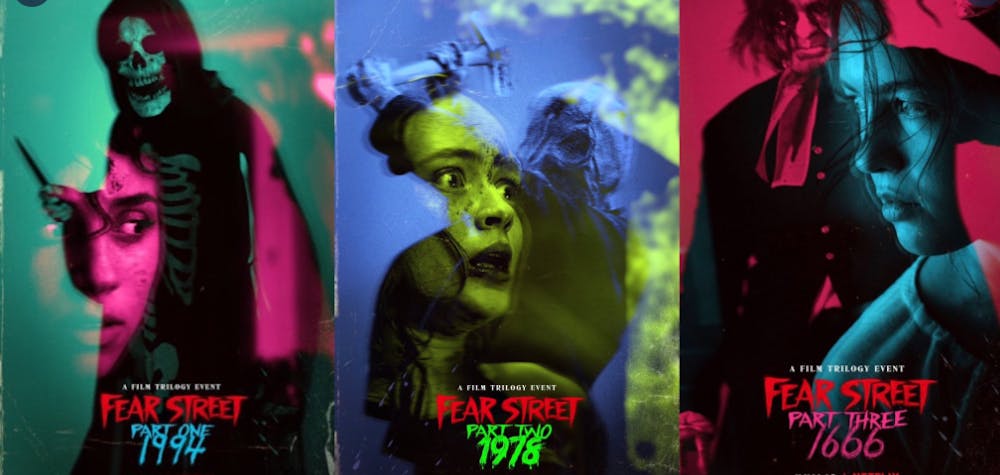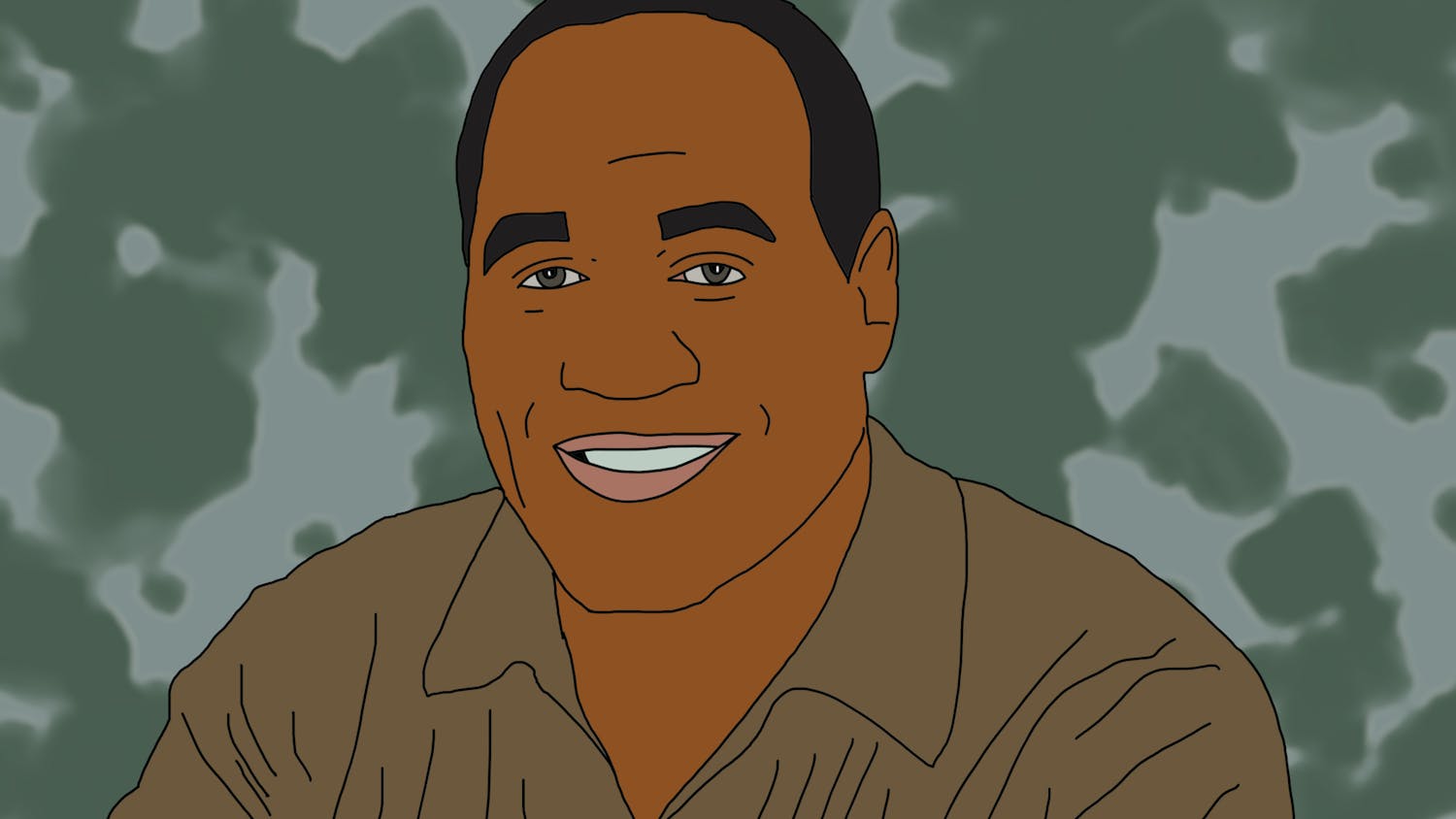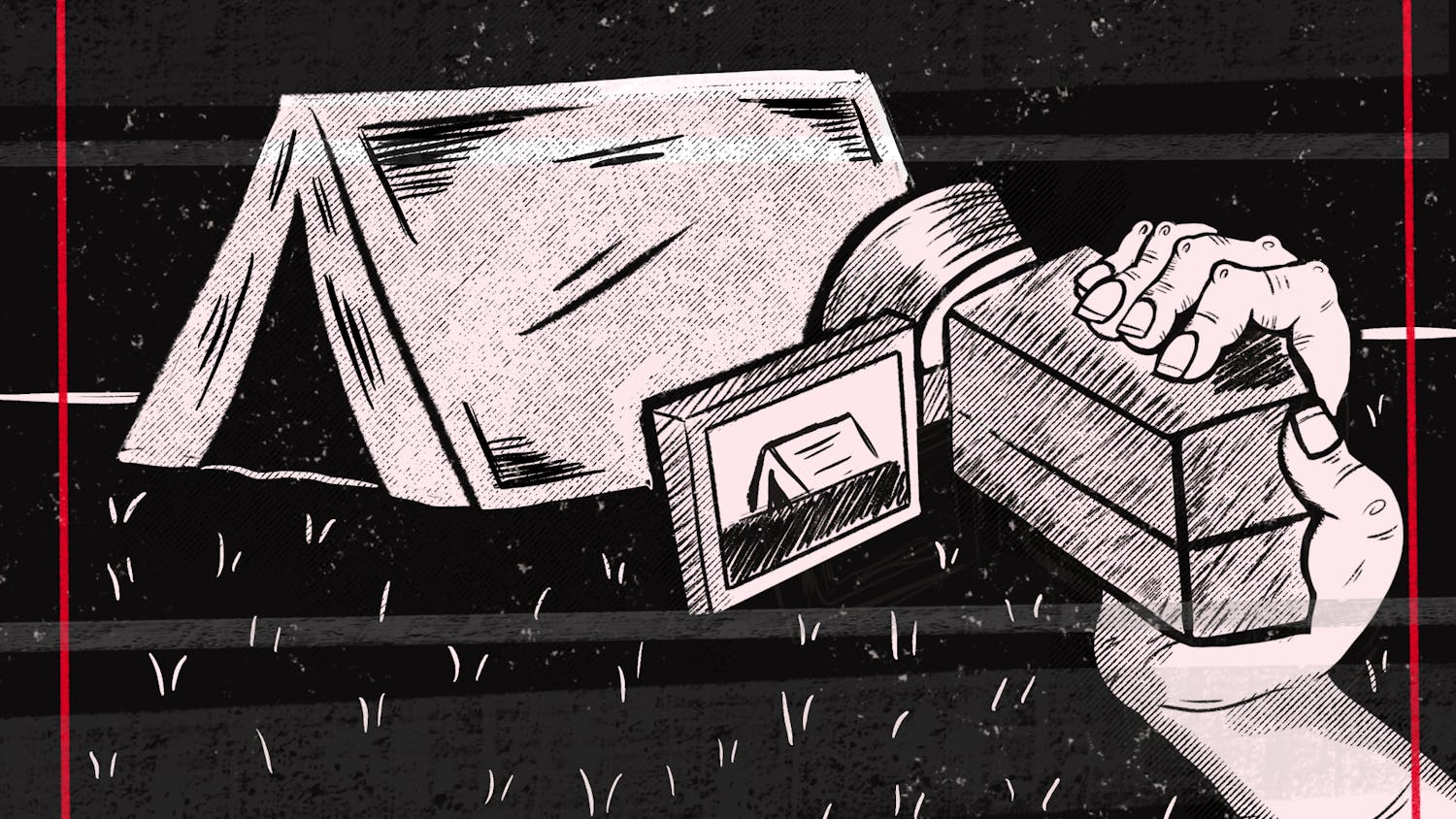Few horror films are able to complete the checklist that makes them fantastic – not relying on jump scares; an original and interesting plot that subverts expectations; and enough character development and heart to make any audience member invested.
Leigh Janiak and Netflix’s Fear Street trilogy, however, does all of this while paying homage to other great horror films; masterfully incorporating diversity and queer relationships; and being armed with a fantastic production quality.
Told in three parts and loosely inspired by R.L. Stine’s books of the same name, the Fear Street trilogy follows a group of teens in the ‘90s working to rid their troubled town of an age-old curse from young witch Sarah Fier.
In the first film, Fear Street Part One: 1994, when one teen in the group is marked, the teens have to work together to save her. In the second film, Fear Street Part Two: 1978, the audience sees the lone survivor of the vicious camp massacre. In the last film, Fear Street Part Three: 1666, the audience learns the story of Sarah Fier and finds out what the teens will do to save the town.
The brilliance of Fear Street is the fact that it’s able to take horror scenarios done before – slasher vibes, the camp setting, Salem witches era, etc. – and make them seem inspired and original. The audience has no doubt seen situations and characters like these but never done in a combination so well as this film trilogy.
The plot of the film, though original, doesn’t forget about those that came before it. Throughout the films there are clear references to classic horror films like Scream, Halloween, Friday the 13th, Poltergeist, Nightmare on Elm Street and more. There’s even the inclusion of famous horror authors riddled throughout the book shelves of the mall’s bookstore.
A lot of the easter eggs and pop culture references are used as “dating devices,” or reminding the audience what time period we’re in. But with all of the horror film callbacks, it’s clear Janiak made it a point to pay homage to the greats that came before her and purposely set the films up to not take themselves so seriously – which is one of the largest assets of Fear Street.
However, none of the three films would’ve worked without the fantastic performances from its actors. The performances are all on point, from subtle gestures to award-worthy emoting. Most notably, Kiana Madeira’s portrayal of Deena, the film’s leading lady, is so honest and spine-chilling – especially in part three.
Also worth mentioning: Ashley Zukerman as Nick Goode, whose character development is unmatched; Gillian Jacobs as C. Berman, who sinks her emotional hooks into you the moment she comes on screen; and Fred Hechinger as Simon, who provides acting moments that will have even the most serious of people laughing out loud. It’s almost unfair not to mention everyone in the film because the entire trilogy wouldn’t have worked with anyone else in any role. From Maya Hawke’s short-lived (pun intended) appearance as Heather to each and every one of the Shadyside killers, Carmen Cuba’s casting in Fear Street is nothing short of impeccable.
Though the film works well with rushes of nostalgia, teen characters with grit and heart, the original plot and the fun references to its horror predecessors, what really sets the film apart is its masterful commentary on diversity, the rich versus the poor and, especially, queer relationships.
The conduit for Janiak’s message comes from the two towns: Shadyside and Sunnyside – the former being poor, a lot of racial and ethnic diversity in who lives there and always seemingly cursed, while the latter is riddled with rich, white people who are always awarded opportunities. Janiak incorporates this discussion in a way that many films need take note of: without calling direct attention or including cliched dialogue and instead letting the feud speak for itself.
The audience sees the diversity of Shadyside, and the camera shows the poor community versus the rich community and how the students of each interact with each other. Sunnyside students’ blatant disrespect for the Shadyside students is overwhelmingly clear, and the community imagery mixed with the short interaction between the two groups of students clearly relays Janiak’s message regarding the way the U.S. works economically and socially.
Most importantly, however, is the portrayal of queer relationships. Sexuality is another strong conversational point of the film without drawing too much attention to itself. The main character is gay, and there are other mentions of gay characters throughout the film, so the representation is there. What sets this apart is that it’s the right kind of representation.
Rather than making the entire character’s storyline revolve around sexuality or gaining acceptance for her sexuality, Deena’s relationship with Sam and other references to people’s sexualities are built throughout the story. Additionally, without any spoilers, there’s a twist in the film that ramps up the conversation about sexuality and acceptance that’s equally heartbreaking and important to learn. This only adds to Janiak’s mastery in the way queer people should be built into film and television scripts.
Based on the performances, conversations and plot alone, even if the production value was awful, the Fear Street films would still be winners. The outstanding production value is what pushes the films over the edge to go from a good film to a masterpiece trilogy. Each prop is brilliantly placed, the soundtrack perfectly curated, the special effects quite realistic and the camerawork/cinematography extremely well put together. Not only will the films appeal to your heart and mind through emotions and important conversations, but they will additionally appeal to your eyes through incredibly crafted ‘90s, ‘70s and 1600s aesthetics.
There’s no doubt anyone watching these films will form an attachment to at least one character, if not all of them, and have tremendous fun while watching. In fact, it’d be wise to block out an entire day to watch the whole trilogy straight through because you won’t want to walk away after just one of the films. Some moments might give you a fright, but overall you’ll fall in love with the teens of Shadyside and wish for more of their stories as part three’s credits roll.






